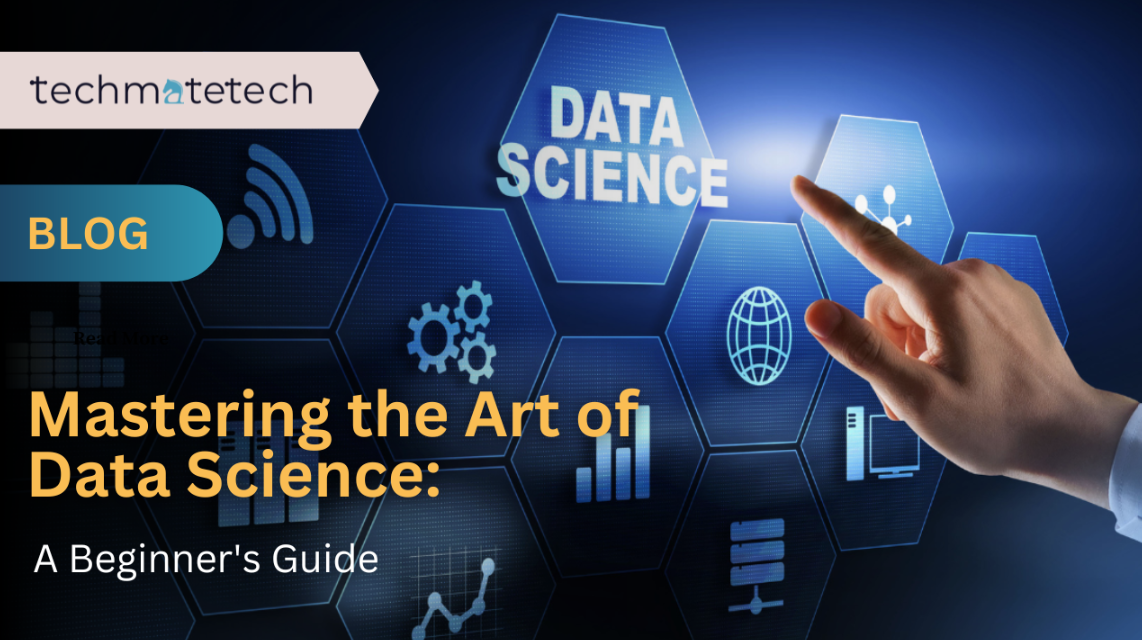Coding the future: Why data science and analytics are important in IT industry in this modern age
In the dynamic world of information technology, it is not simply beneficial but to an extent mandatory to be up-to-date with the current trends and advancements. One individual should know what lies ahead in the world of IT and how the digital world is evolving every minute. Therefore, to comprehend the IT industry is the only starting point to the innovative world of data science, cybersecurity, cloud computing, and much more. Regardless of whether you are an experienced IT manager or a young technologist or just interested in innovations, interested individuals are invited on a journey through business strategies, ideas, and breakthrough technologies that determine the functioning and development of enterprises in contemporary modes. Data science and analytics play a crucial role in the IT industry in the modern age for several reasons:
- Informed Decision-Making:
It is the process through which large and complex data can be analyzed and relevant information can be derived from it. Thus, providing key information that enables organizations to make better choices, redesign, and enhance productivity in different areas of operations including marketing, finance, and customer relations.
- Predictive Capabilities:
Some of the most powerful tools that can be employed by firms include machine learning and predictive modeling as these techniques can help in predicting future trends, customer behavior, demands, and possible risks. Such forecast abilities help organizations prevent unfavorable outcomes and be one step ahead of the competition in the ever-evolving market environment.
- Personalization and Customer Experience:
Data analytics tends to offer applications to businesses in the way they adapt their products and their services to better suit the customers. This also improves the overall impression that the customer has. Thus helping to develop a loyal customer base.
- Operational Efficiency:
By analyzing numbers, a firm can discover operational problems, find ways to eliminate them, and even find better ways of deploying resources. This results in cost reduction, efficiency and effectiveness, and optimal use of resources.
- Competitive Advantage:
Also, any enterprise that wants to make good use of its data, to incorporate data science and analytics into its business model, stands to gain a competitive edge in the market. They can adapt and create at a faster rate, come up with new solutions, new products or services, and produce marketing campaigns that would appeal to the targeted population.
- Risk Management:
From the business perspective, data analysis plays an important role in risk management, especially in minimizing the risks encountered in the operations of the business. In fraud cases, using data, organizations can determine preventions and great security measures. Similarly, in cases of cyber security threats or operational risks, organizations can use data to put into place preventions as well as augment security features.
- Driving Innovation:
Analyses of huge amounts of information usually contribute to the usage of creativity to develop new avenues for making money. The discovery, exploration, and identification of ways of generating additional revenues, reorganizing without the production line, and unearthing new markets are made possible by the analysis of the market, customers, and operations.
- Regulatory Compliance:
In fields including financial, health care, and telecommunication, data science, and analytics are crucial in meeting the legal standards. These tools aid organizations in the handling of immense data concerning privacy, security, and governance in compliance with the set industry policies and laws.
Therefore, data science and analytics are the most essential tools for the present-day IT business to make smarter decisions, expected future developments, improve client satisfaction, increase efficiency, gain competitive advantage, determine significant risks, encourage innovation, and meet legal requirements, as result to generate sustainable growth and revenues.


